#china civilization
Video
youtube
The Rise and Fall of Ancient Chinese Dynasties: Unveiling the Secrets of...
#youtube#chinese history#ancient china#han dynasty#chinese dynasties#dynasties of ancient china#china civilization#ancient china civilization
0 notes
Text

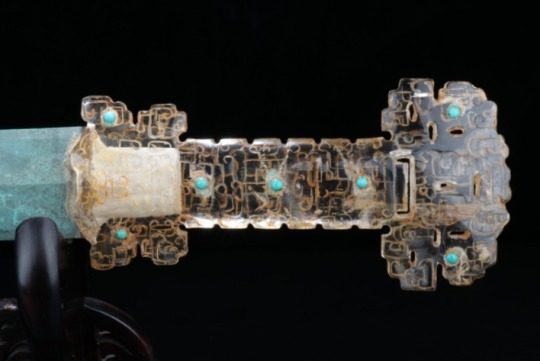
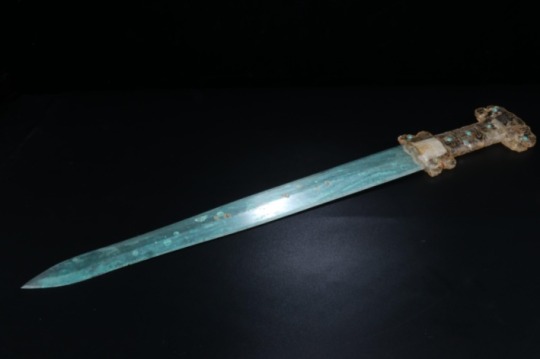
Chinese Bronze Sword With An Inlaid Rock Crystal, Turquoise and Gold Hilt
Warring States Period, Circa 4th - 2nd Century B.C.
#Chinese Bronze Sword With An Inlaid Rock Crystal Turquoise and Gold Hilt#Warring States Period#Circa 4th - 2nd Century B.C.#bronze#bronze sword#ancient artifacts#archeology#archeolgst#history#history news#ancient history#ancient culture#ancient civilizations#ancient china#chinese history#chinese art#art
2K notes
·
View notes
Text
ZG(中国) decoding
中文是一个古老而传奇的事物,其创造的一切根源都基于对真相的记录和阐释,是一种中国大地上的最古老的唯物主义的代表,是一种生存文化的产物,是战争的结果,目的是古文明的传递。
中文由于其简单的构造和传播,在最短的时间提高了社会和历史知识的记录效率,不过也因为其过于简单的创造,难以通过现实的武力来保持文明的传递,在历史上遭到的不计其数的摧残和焚毁,过于简单的文字记录方式必然导致任何一个文明对知识和文本的轻视,如同当人口数量达到一定程度之后就再也无法重视任何一个创造者的存在,以至于文革和变相的焚毁清楚实践频繁的发生在任何一个地方,致使文明遭到了几乎毁灭性的打击,这就是中国真正的历史,全是谎言和曲解,否定和掩盖了一切的真相,致使世界运行在完全错误的认识和实践轨道上。多亏中文文字本身的存在根源——“发音”没有变化,所以才得以让世界重新创造和解密中国的所有文明,还历史以真相,原文明以法则,让一种华夏文…

View On WordPress
1 note
·
View note
Text
[Hanfu · 漢服]China's national Important Cultural Relics Impression Series By Artist @陆曼陀
China Neolithic Period:The Hongshan culture(4700-2900 BC)Relics<玉猪龙/Pig dragon>
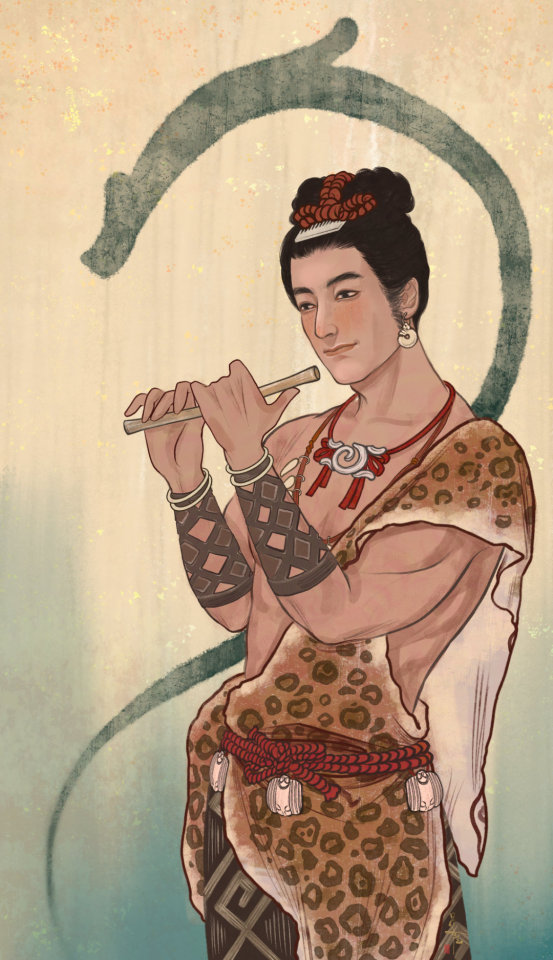

China Shang dynasty / Western Zhou dynasty(1200–800 BC) · Shu state Relics < 太阳神鸟金饰/Golden Sun Bird>

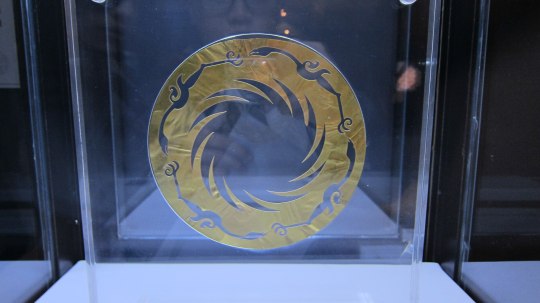
China Western Han Dynasty (202 BC – 9 AD)Artifact Relics<长信宫灯/oil lamp in the shape of a kneeling female servant>


After the lamp is lit, the soot enters the base of the palace lantern through the sleeve to achieve the purpose of cleaning the air.

China Eastern Han Dynasty(25–220 AD)Artifact Relics<铜奔马 or the Galloping Horse Treading on a Flying Swallow (馬踏飛燕)>


China Eastern Han Dynasty(25–220 AD) Artifact Relics<摇钱树/Money tree (myth)>

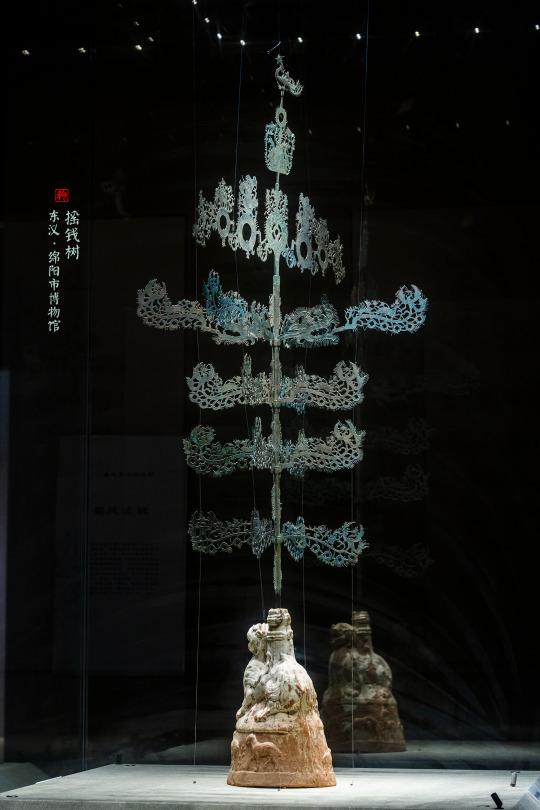
China Tang Dynasty(618–907CE) Artifact Relics<女立俑/Female standing figurine >
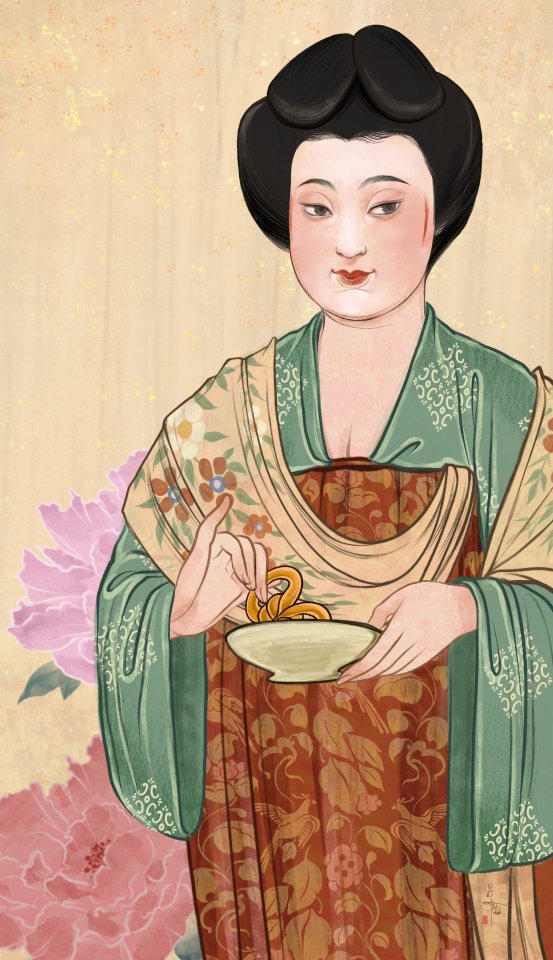
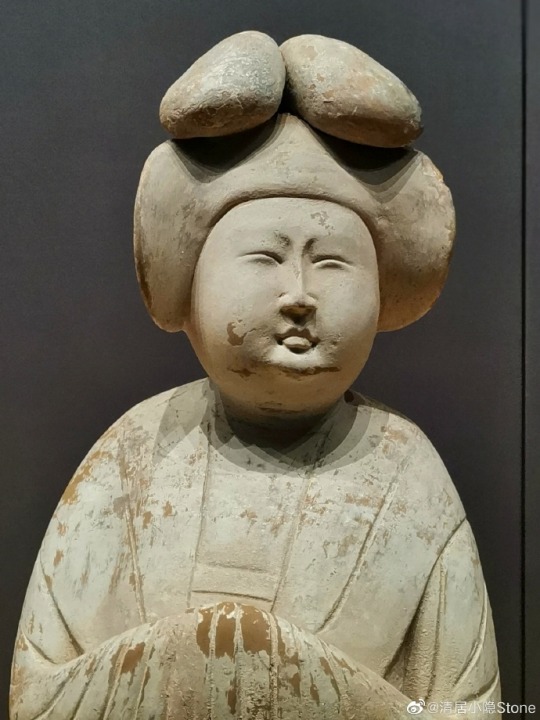
China Song Dynasty (960–1279) Artifact Relics<汝窑天蓝釉刻花鹅颈瓶/Ru kiln sky blue glaze carved gooseneck bottle>
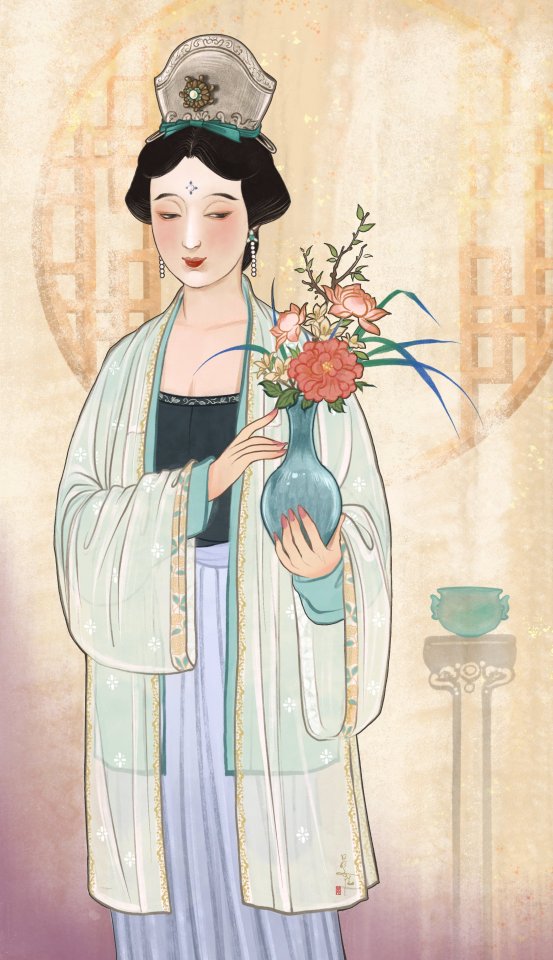

China Song Dynasty (960–1279) Painting<千里江山图/A Thousand Li of Rivers and Mountains>by 王希孟(Wang Ximeng)



China Yuan dynasty (1279–1368) Artifact Relics<霁蓝釉白龙纹梅瓶/Ji blue-glazed plum vase with white dragon pattern>

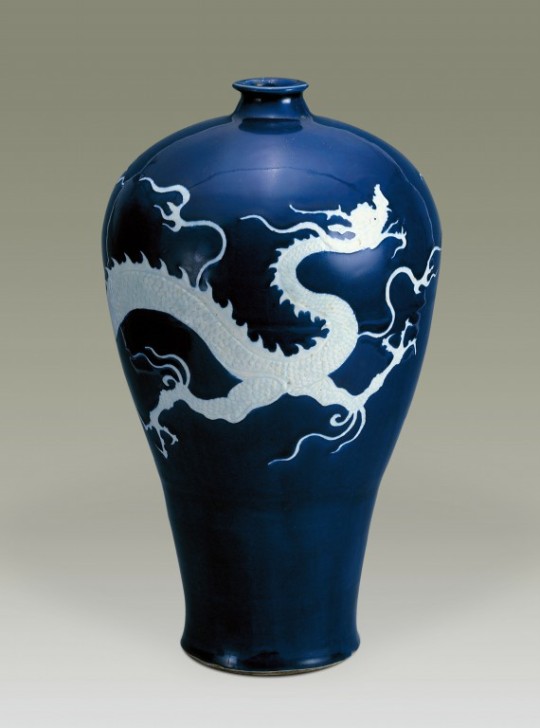
【Artist:陆曼陀 Social Media】
————————
Twitter:https://twitter.com/LuDanling
Weibo:https://weibo.com/u/2846691957
Post Source:https://weibo.com/2846691957/NzQ9IyzKL
————————
#chinese hanfu#陆曼陀#China history#chinese art#hanfu illustration#hanfu accessories#hanfu#hanfu history#china#chinese#history#chinese aesthetics#culture relic#汉服#漢服#heritage#civilization
429 notes
·
View notes
Text
*modern trench warfare being used for the first time in a major conflict during the American civil war*
*trench warfare leaving mental scars on Alfred that takes years of healing to move past*
Alfred showing up to Europe and seeing they somehow made trench warfare worse

#He saw that shit and decided real quick he'd rather be shot out of the sky#trench warfare actually can be found throughout history but was reading a book the other week that talked about how#the roots of how it was used in WW1 and then WW2 could be traced back to how it was used during the US's civil war#hws america#historical hetalia#hetalia#hws#aph#alfred f jones#aph america#hws england#hws canada#hws france#hws germany#hws italy#hws russia#hws china#hetalia ww2#hetalia ww1
353 notes
·
View notes
Text
Ling Fushun, Chinaʼs Communist revolutionary leader moments before his public execution by the KMT nationalists in 1936.

His last words were:
“Folks, do not fear death, my family branch may end, but the revolution will live on!”
The reactionaries killed him slowly by Lingchi (death by a thousand cuts).
The execution lasted for 2 hours.
The barbarity of the KMT nationalists knew no boundaries. Today, the KMT is located in Taiwan and recieves weaponry mainly from the United States.
374 notes
·
View notes
Photo
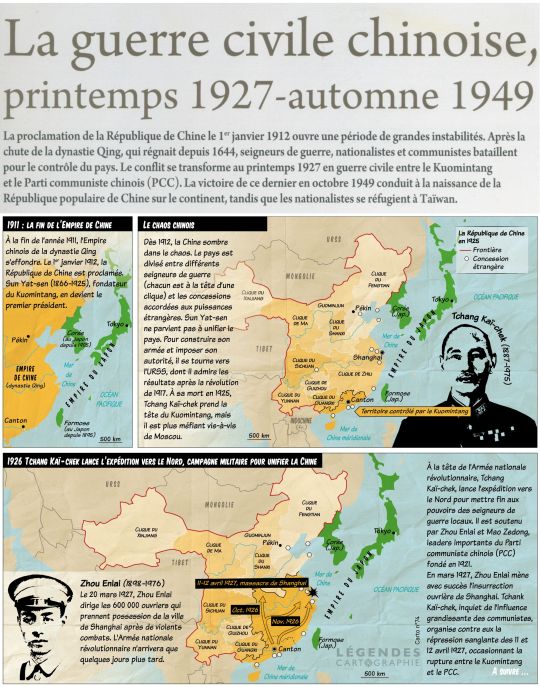
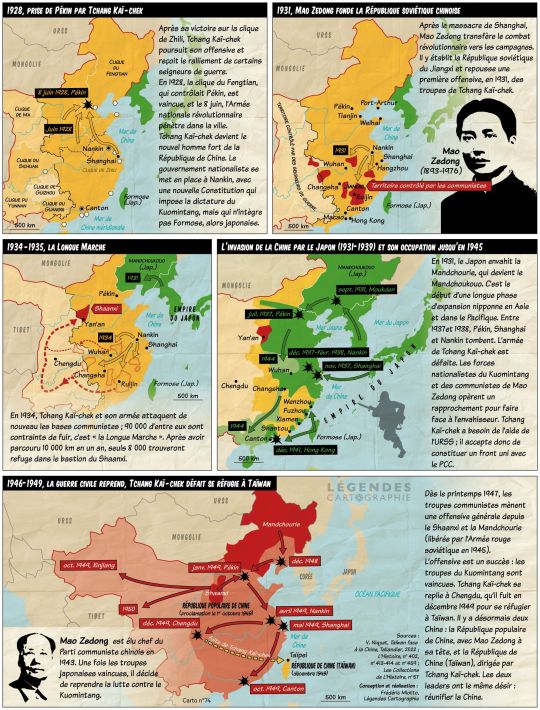
The Chinese Civil War, 1927-1949.
The proclamation of the Republic of China on January 1, 1912 opened a period of great instability. After the fall of the Qing dynasty, which ruled since 1644, warlords, nationalists and communists battled for control of the country. The conflict transformed in the spring of 1927 into a civil war between the Kuomintang and the Chinese Communist Party (CCP). The latter's victory in October 1949 led to the birth of the People's Republic of China on the continent, while the nationalists took refuge in Taiwan.
by LegendesCarto
79 notes
·
View notes
Text
I think SpaceX, engineering wise, is doing awesome work, but not under Musk and the demands of the US space program which are completely nonsensical. Having a gigantic Starship as a lunar lander to be "ready" in like 3 years is completely insane given that all Starships have done so far is blow up. I understand it's a very "physical" way of testing things, after all, car manufacturers do crash cars to test them they don't just test them virtually, but it does not generate confidedence that thing can carry humans.
Neither is NASA doing well as a whole, which is sucked dry by the military-industrial complex so they can only launch one absurdly powerful useless rocket every five years.
Neither of them are doing space exploration any favors lately (don't even ask about Roscosmos). SpaceX has a great engineering idea for it, but it's under the corporate rule of Musk and the mandates of the US goverment. It's not going to end too well if it keeps like that.
China is doing alright though.
#no solamente creo que la base espacial china está bien sino que deberíamos tener más#cosas mias#I'm talking in an 'existing conditions' scenario of course#ideally we would have an international space program financed by all the bullshit we waste as a civilization in bombs and shit
26 notes
·
View notes
Text
Archaeological investigations at Anyang have revealed a treasure trove of information about the evolution of ancient China’s urbanism, as well as Anyang’s role as a ceremonial and administrative hub of the Shang Dynasty.
Evolving from a basic farming village to a grand Shang urban center, remains at the site include the regal burial site at Hsi-pei Kang and the astonishing abundance of over 100,000 engraved oracle bones.
From humble beginnings to the regal city of Yin, Anyang's urban structure is a testament to the intellect and organization that shaped the Shang Dynasty. Anyang's legacy echoes through its archaeological record, providing invaluable lessons about its significance for early Chinese civilization.
25 notes
·
View notes
Text
Evolution of Style.
#fashion#style#ancient civilizations#modern times#Prehistoric Age#Ancient Egypt#Ancient Greece#Ancient China#Medieval Europe#Renaissance#Baroque#Rococo#Victorian Era#Edwardian Era#16th century#17th century#18th century#19th century#20th century#1500s#1600s#1700s#1800s#1900s#2000s#2077#evolution#Ancient Rome
40 notes
·
View notes
Text
#Happy Black History Month!!#a.n.t. farm#black history month#disney channel#2010s nostalgia#chyna parks#china anne mcclain#blackactressesdaily#black tumblr#blackgirlbeauty#black girl magic#video#black excellence#Black history#african american#black history matters#civil rights movement#black power#black history facts#black history is american history#black history 365
11 notes
·
View notes
Text
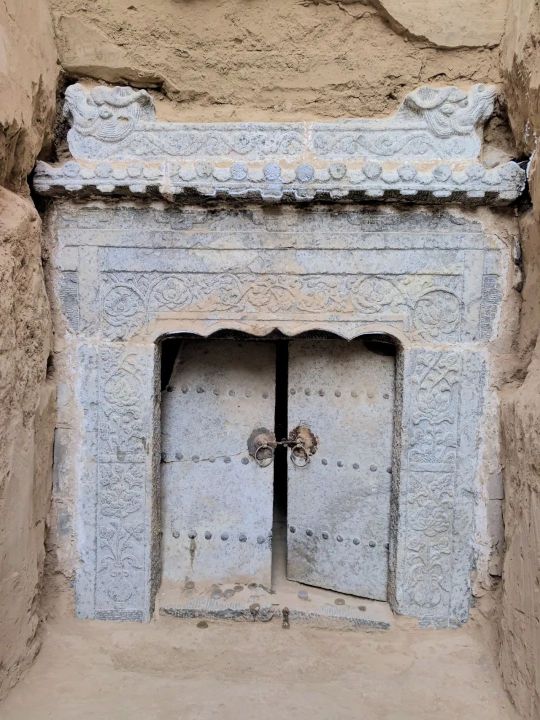
‘Rare’ 400-Year-Old Tomb Found in China
For centuries, the pale blue doors of an imposing stone tomb remained largely shut. When archaeologists in China finally walked in, they found themselves surrounded by a “rare” and elaborate interior.
Archaeologists excavated the ancient stone tomb in Xinfu District ahead of highway construction, Shanxi Provincial Institute of Archaeology said in a March 6 news release shared via a post on Weibo.
The tomb was about 400 years old, dating to the Ming dynasty, and well-preserved, archaeologists said. The roughly 83-foot-long grave was made up of a sloping passageway, main burial chamber and smaller back chamber.
The 400-year-old tomb was sealed with a stone gatehouse and set of double doors, a photo shows.
Inside the main burial chamber, archaeologists found two wooden coffins. The painted coffins were decorated with gold diamonds, leaves, flowers and other designs. Several pottery jars containing grain, oil or other liquids were also found in the room.

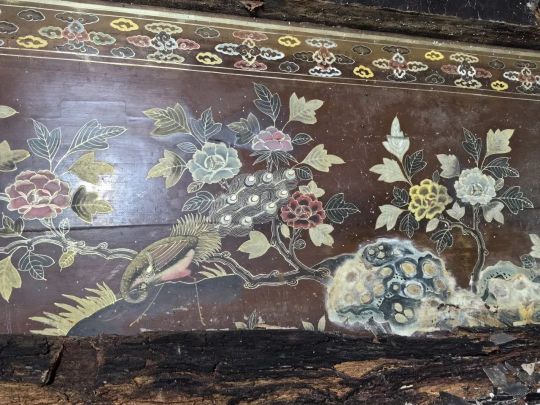
The final back chamber held several pieces of wooden furniture including altars, tables and chairs, the institute said. Most of the furniture was collapsed and broken, photos show.

Archaeologists also found “writing tools such as inkstones, Chinese calligraphy brush pens, and pen holders” in the back chamber, according to an article from the China Daily, a state-controlled news outlet.
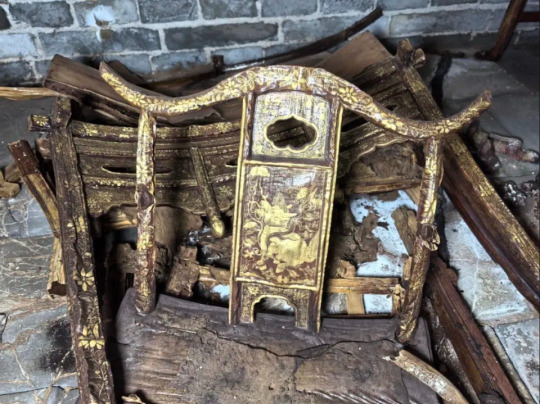
Several inscriptions on the coffins and walls helped researchers identify the deceased as a man who lived between 1533 and 1588, the institute said.
Because of the tomb’s high-quality artifacts and preservation, archaeologists described the grave as “rare” and elaborate.

Archaeologists have excavated over 60 tombs ahead of the highway construction projects, the institute said.
Xinfu District is in Shanxi Province and about 300 miles southwest of Beijing.
#‘Rare’ 400-Year-Old Tomb Found in China#Xinfu District#Shanxi Province#Ming dynasty#ancient graves#ancient tombs#ancient artifacts#archeology#archeolgst#history#history news#ancient history#ancient culture#ancient civilizations#ancient china#chinese history#chinese art
198 notes
·
View notes
Text
In 1949, General Chiang Kai-shek moved his Nationalist Party, the Kuomintang (KMT), to the island and established the Republic of China there. Ever since, the People’s Republic of China has seen Taiwan as its ideological enemy, an irritating reminder that not all Chinese wish to be united under the leadership of the Communist Party.
Sometimes Chinese pressure on Taiwan has been military, involving the issuing of threats or the launching of missiles. But in recent years, China has combined those threats and missiles with other forms of pressure, escalating what the Taiwanese call “cognitive warfare”: not just propaganda but an attempt to create a mindset of surrender. This combined military, economic, political, and information attack should by now be familiar, because we have just watched it play out in Eastern Europe. Before 2014, Russia had hoped to conquer Ukraine without firing a shot, simply by convincing Ukrainians that their state was too corrupt and incompetent to survive. Now it is Beijing that seeks conquest without a full-scale military operation, in this case by convincing the Taiwanese that their democracy is fatally flawed, that their allies will desert them, that there is no such thing as a “Taiwanese” identity.
Taiwanese government officials and civic leaders are well aware that Ukraine is a precedent in a variety of ways. During a recent trip to Taiwan’s capital, Taipei, I was told again and again that the Russian invasion of Ukraine was a harbinger, a warning. Although Taiwan and Ukraine have no geographic, cultural, or historical links, the two countries are now connected by the power of analogy. Taiwanese Foreign Minister Joseph Wu told me that the Russian invasion of Ukraine makes people in Taiwan and around the world think, “Wow, an authoritarian is initiating a war against a peace-loving country; could there be another one? And when they look around, they see Taiwan.”
But there is another similarity. So powerful were the Russian narratives about Ukraine that many in Europe and America believed them. Russia’s depiction of Ukraine as a divided nation of uncertain loyalties convinced many, prior to February, that Ukrainians would not fight back. Chinese propaganda narratives about Taiwan are also powerful, and Chinese influence on the island is both very real and very divisive. Most people on the island speak Mandarin, the dominant language in the People’s Republic, and many still have ties of family, business, and cultural nostalgia to the mainland, however much they reject the Communist Party. But just as Western observers failed to understand how seriously the Ukrainians were preparing—psychologically as well as militarily—to defend themselves, we haven’t been watching as Taiwan has begun to change too.
Although the Taiwanese are regularly said to be too complacent, too closely connected to the People’s Republic, not all Taiwanese even have any personal links to the mainland. Many descend from families that arrived on the island long before 1949, and speak languages other than Mandarin. More to the point, large numbers of Taiwanese, whatever their background, feel no more nostalgia for mainland China than Ukrainians feel for the Soviet Union. The KMT’s main political opponent, the Democratic Progressive Party, is now the usual political home for those who don’t identify as anything except Taiwanese. But whether they are KMT or DPP supporters (the Taiwanese say “blue” or “green”), whether they participate in angry online debates or energetic rallies, the overwhelming majority now oppose the old “one country, two systems” proposal for reunification. Especially since the repression of the Hong Kong democracy demonstrations, millions of the island’s inhabitants understand that the Chinese war on their society is not something that might happen in the future but is something that is already well under way.
Like the Ukrainians, the Taiwanese now find themselves on the front line of the conflict between democracy and autocracy. They, too, are being forced to invent strategies of resistance. What happens there will eventually happen elsewhere: China’s leaders are already seeking to expand their influence around the world, including inside democracies. The tactics that the Taiwanese are developing to fight Chinese cognitive warfare, economic pressure, and political manipulation will eventually be needed in other countries too.
— China’s War Against Taiwan Has Already Started
#anne applebaum#china's war against taiwan has already started#history#current events#military history#politics#taiwanese politics#chinese politics#communism#propaganda#psychological warfare#culture#identity#chinese civil war#china#taiwan#republic of china#hong kong#chiang kai-shek#kuomintang#democratic progressive party
25 notes
·
View notes
Text
Bullet journals - AKA “Bujos” - are everywhere now, and almost everyone knows what they are. Studyblrs, dozens upon dozens of blog pages and sites, and entire industries are all devoted to curating and showcasing the best of these journals. There are entire courses and communities, How-To books and tutorials and an ever-growing body of YouTubers, authors, bloggers and content creators all devoted to these books. Everyone, from highschool students to the business elite, could tell you how much using a bullet journal has changed their...
...maybe they started as a small idea in the middle of nowhere, or they were only popular among a certain group of people, then simply became more widely used because of social media. Or maybe they were started by doctors, and then became a trend. But in actual fact, the idea was only coined in the...
...the fact their history stretches much farther back than the modern era...
...To learn about the long history of these little books - and the techniques held within their papery walls - we need to go all the way back to the 14th century....
Read the full article here
#bullet journal#bullet journaling#history#literature#literary history#social history#ancient history#ancient civilizations#ancient culture#ancient rome#ancient china#ancient japan#14th century#psychology#social psychology#anthropology#article#essay#analysis#deep dive#deepdive
6 notes
·
View notes
Text
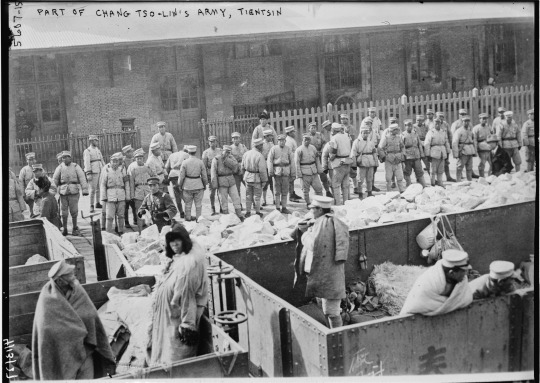
Part of Chang Tso-Lin's Army, Tientsin, April 13, 1922. Bain News Service.
Soldiers of the Northeastern Army 东北军, also known as the Fengtian Army 奉系军 of warlord Zhang Zuolin 張作霖, invading Tianjin on the way to Beijing during the First Zhili–Fengtian War 第一次直奉战争.
Library of Congress, LC-B2- 5607-15. hdl.loc.gov/loc.pnp/ggbain.33489
#tianjin#fengtian army#奉系军#zhang zuolin#張作霖#warlord china#warlord era#republic of china#civil war#first zhili–fengtian war#第一次直奉战争#manchuria
2 notes
·
View notes
Photo

What if the Chinese Civil War resulted in more equally-sized countries?
by u/Aofen
77 notes
·
View notes